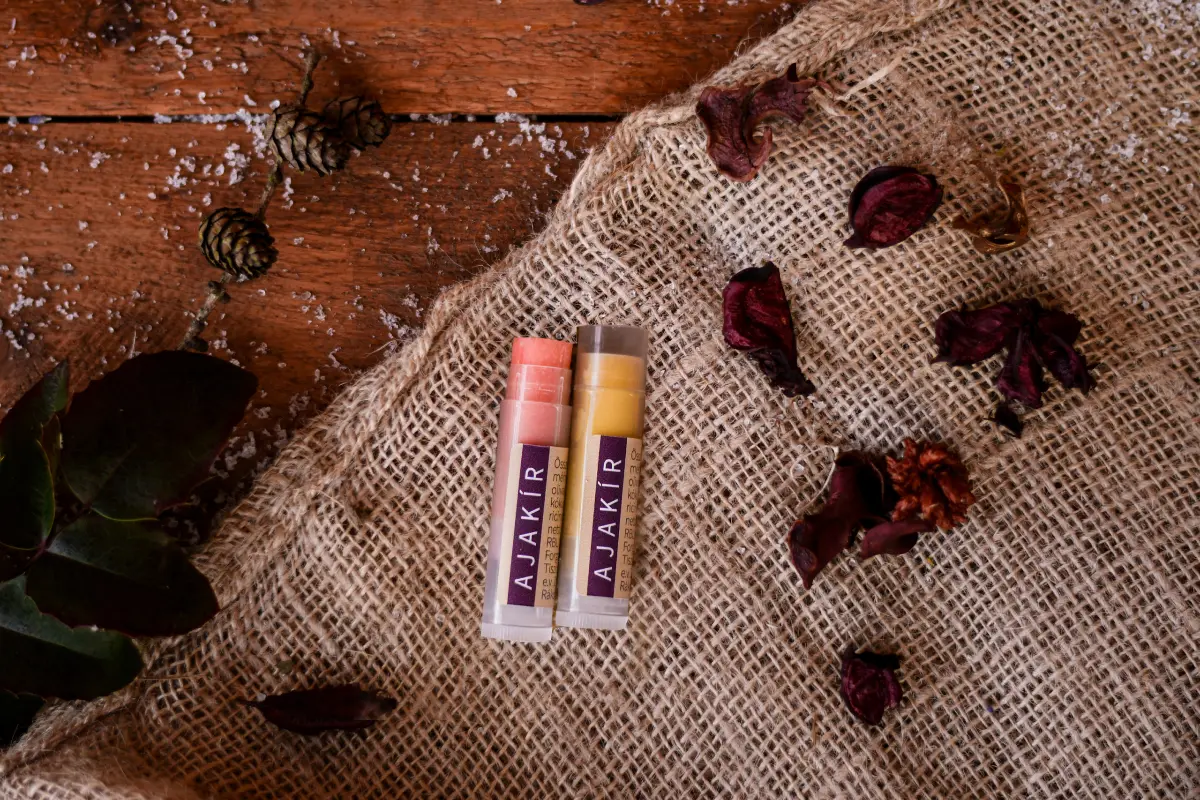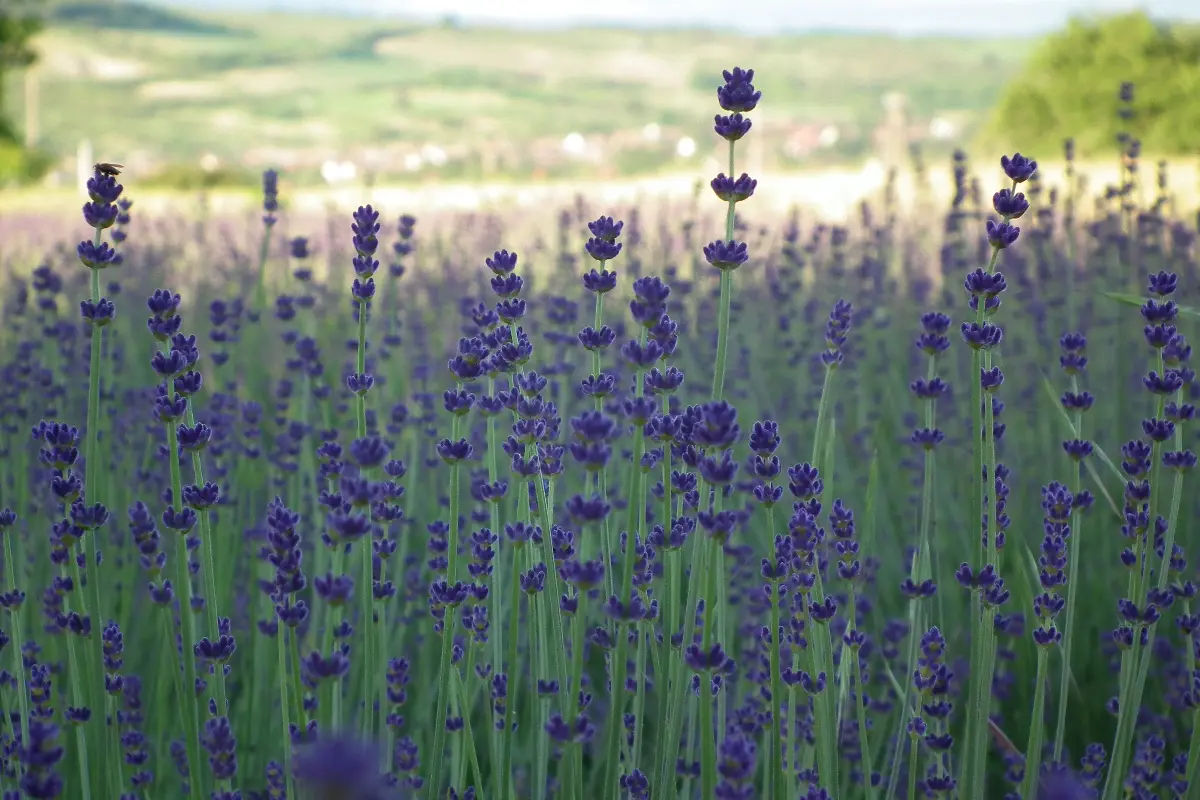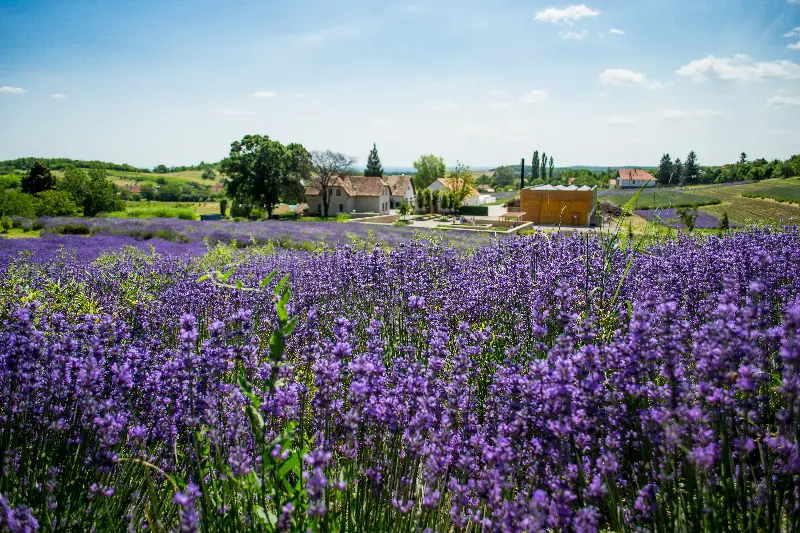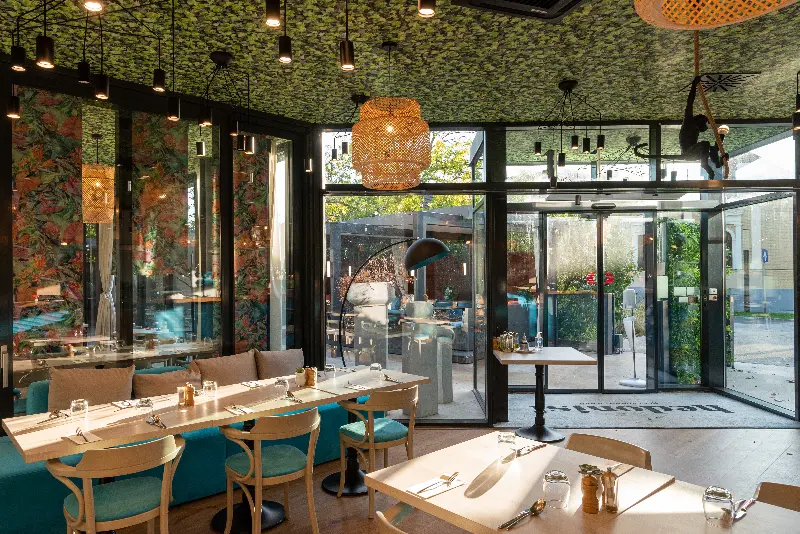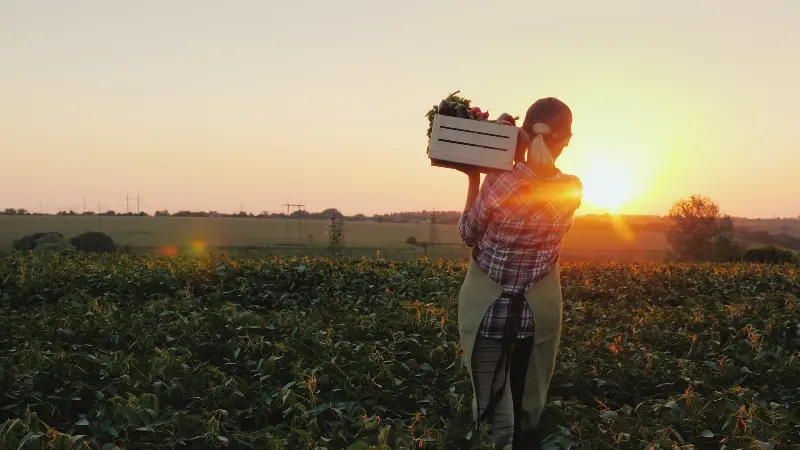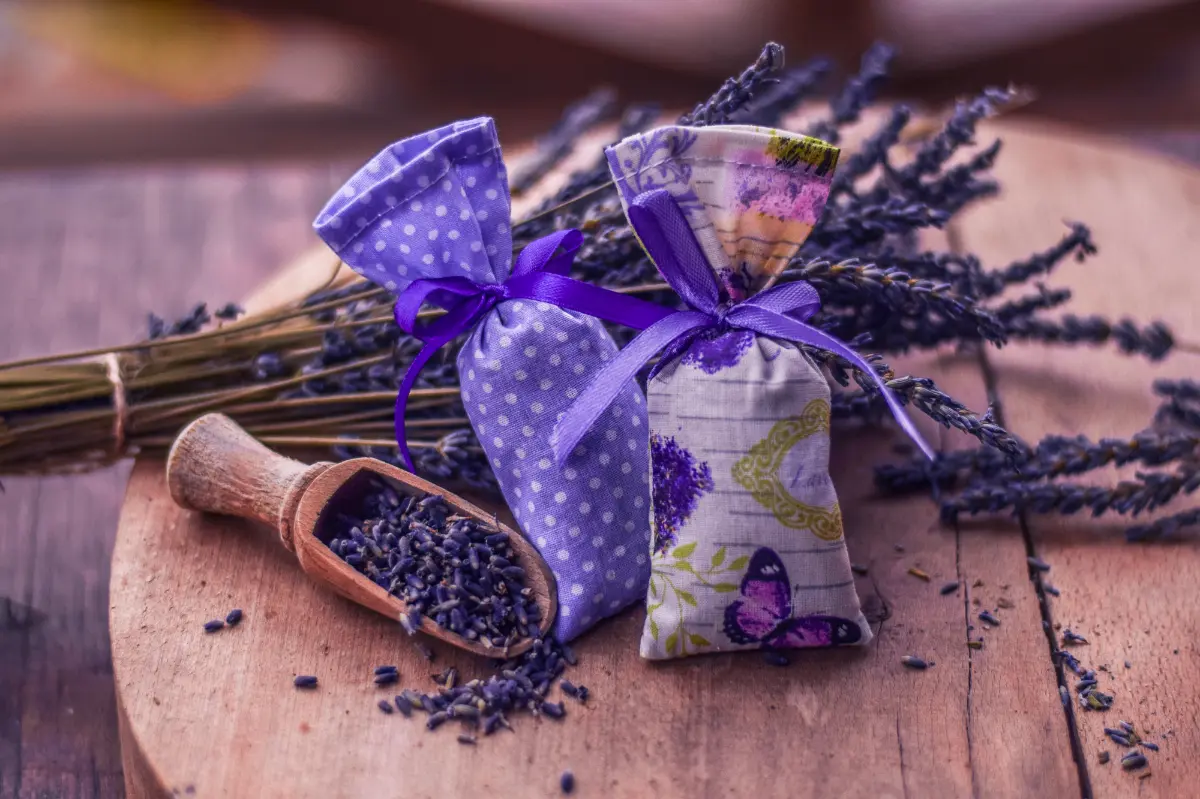
Helyszín címkék:
Romhányi Balu Lavender Farm
Bóday Csilla
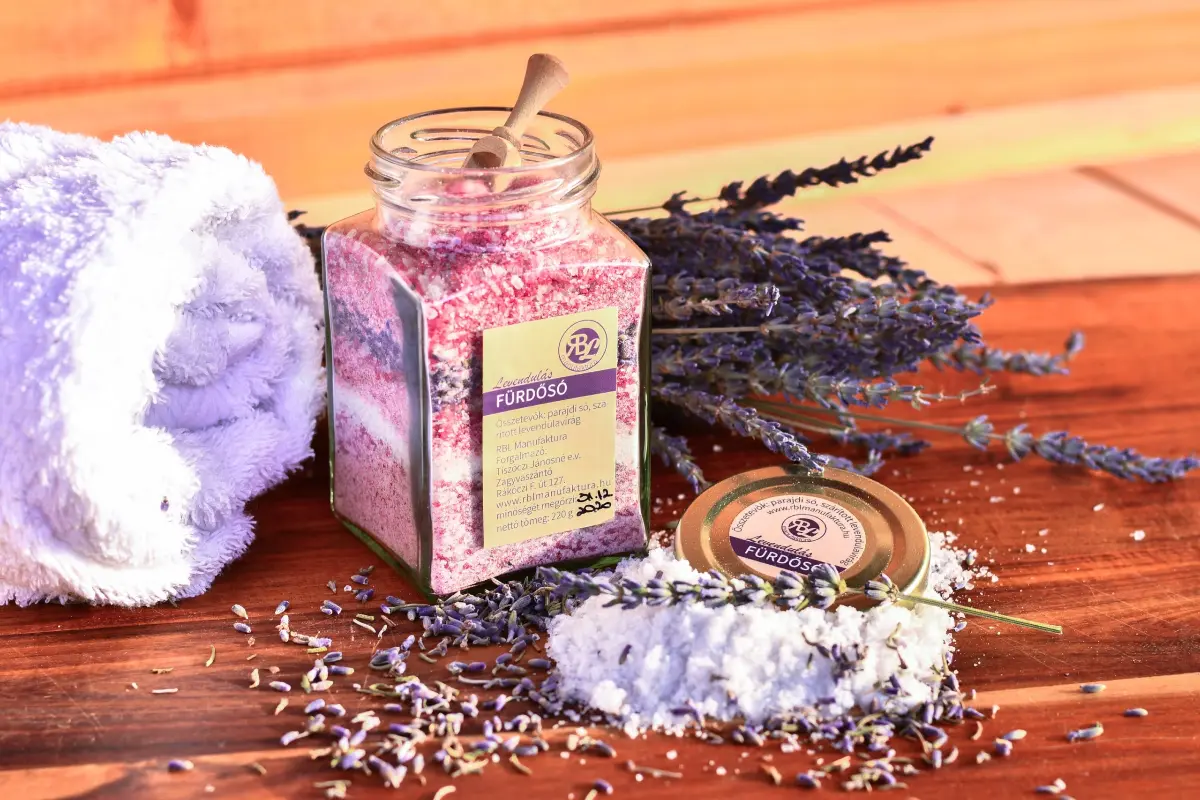
Zagyvaszántó is a settlement in Heves County, to the north of Hatvan, at the foot of the Mátra. Its waters are collected by the river Suha. It is considered to be an early Bronze Age settlement. The name of the village is first mentioned in a charter of 1299 in the form of “Zantho” as the property of the diocese of Vác. In the first half of the 19th century, it was owned by prince Grassalkovich and families of the earls. Later it belonged to baron Rezső Schossberger. It has a Roman Catholic church, which was built in 1723 by István Koháry and was named after St. Andrew. The settlement has a unique microclimate: it is the same as the one of the Tihany upland, which is well-known of its amazing lavender fields.
In Zagyvaszántó, Romhányi Balu Lavender Farm wears its dreamer’s son’s name, the parents’ aim was to create something long-lasting for their son which connects to health and nature. If you want to visit the farm in person, you could learn the mystery of planting and growing of lavender, they show you their handmade, artisan pure products. But they are willing to introduce the process of the plant to the visitors. Thirsty guests are served lavender syrup. The farm can be admired in any season. In the first half of June, there is amazing purple scenery, but winter provides the same beauty, when snow or hoarfrost play with lavender bushes. At this time we can take home lavender sachets, soap, lotion, lip balm, body butter and bathing salt, and of course 100% essential oils as a souvenir.
Lavender and its positive effect
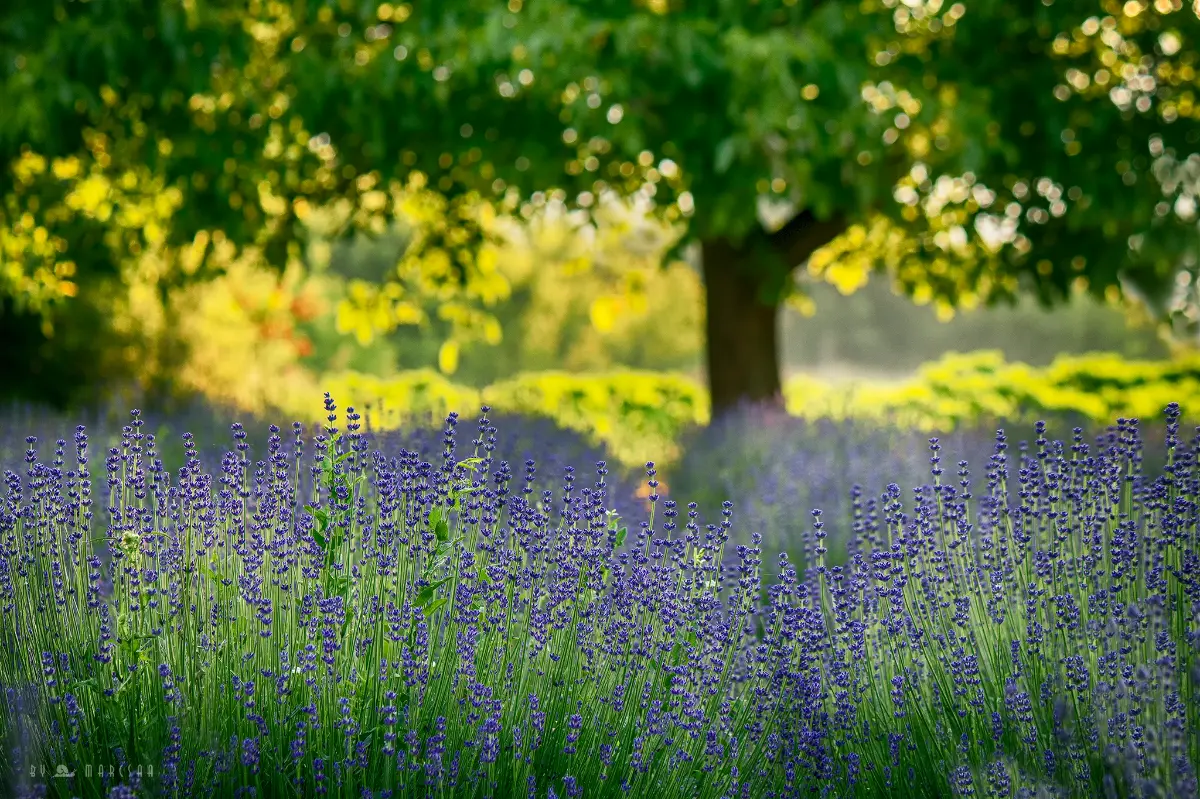
In Hungary lavender (Lavandula angustifolia) is considered as a winter-hardy plant, although it is native to the flora of the Mediterranean. On the coast of the Mediterranean, lavender lived and multiplied among the rocks, beside other wildflowers. Later, housewives’ collections of herbs revealed the multifaceted healing and cosmetic value. It is true that it had a number of applications in herbal medicine, but it was also used to flavour dishes and it turned out to be an excellent decoration due to its beautiful purple colour and lovely inflorescence. Lavenders are small shrubs, they live for up to 20-25 years under some treatment, regular pruning and care, and they delight the cultivator of the garden with their fragrant garlands every summer. Tea was made from it, it was soaked in oil, fat, wine, honey, milk to make the most of its healing effect. It was used for embalming in Egypt and it was the raw material for the first perfumes. But the dried flowers were used and they are still used to protect clothes against moths. Its sedative effect is also known. A sign of wealth was that lavender-scented water flowed from the tap in Roman baths, but it was also used as protection during epidemics. Lavender was first bred in the Arab world so that it could be established in its present form in Europe today. First, the plant found a home in Hungary in the monastic gardens of medieval monks, and this wonderful plant spread here as well. This herb has anticonvulsant, anti-inflammatory, antibacterial, circulatory enhancing, immune boosting, fungicidal and analgesic effects. Lavender enhances bile function and soothes bowel function, making it great for bloating and indigestion. The herb will help you overcome stress and sleep disorders, a drop of lavender essential oil on the pillow for the night and you will have a sweet dream. Lavender oil is often used for mosquito bites, it also quickly relieves the itchy feeling.
